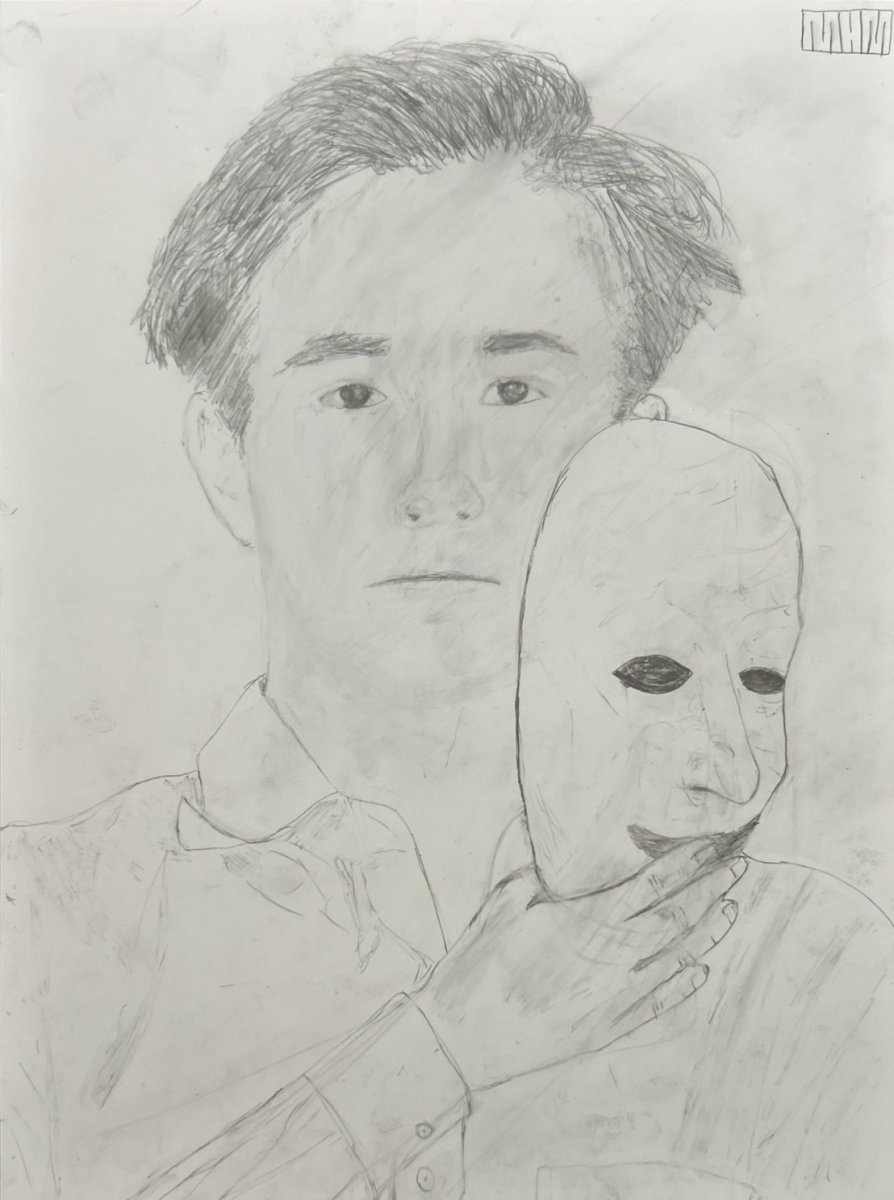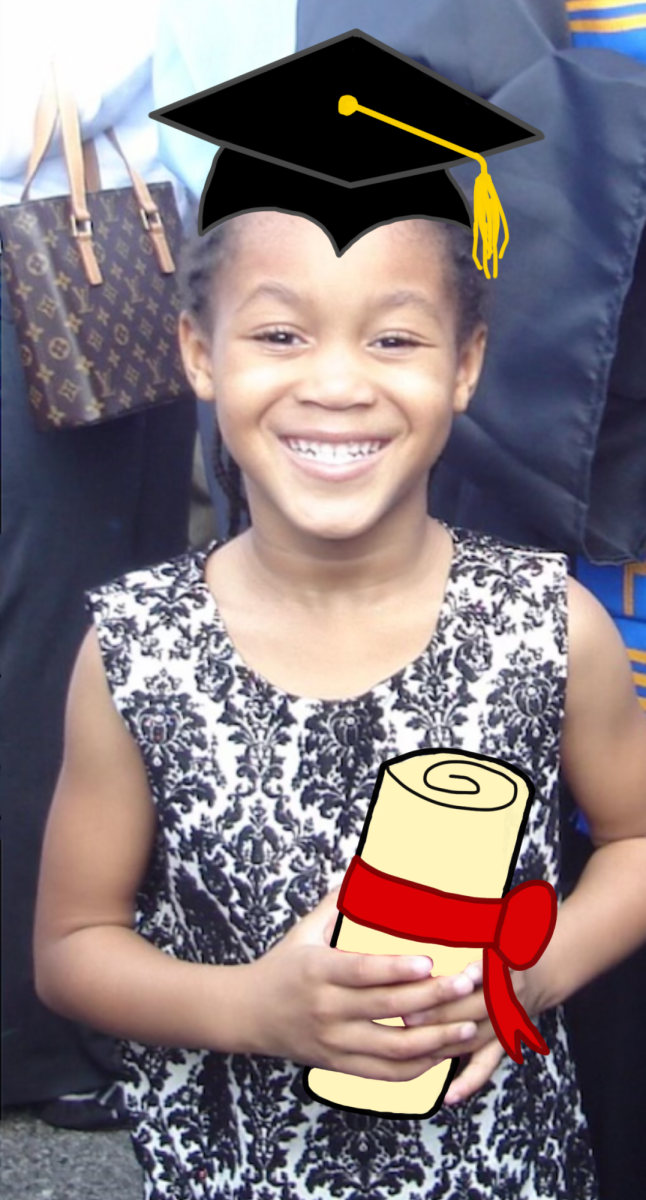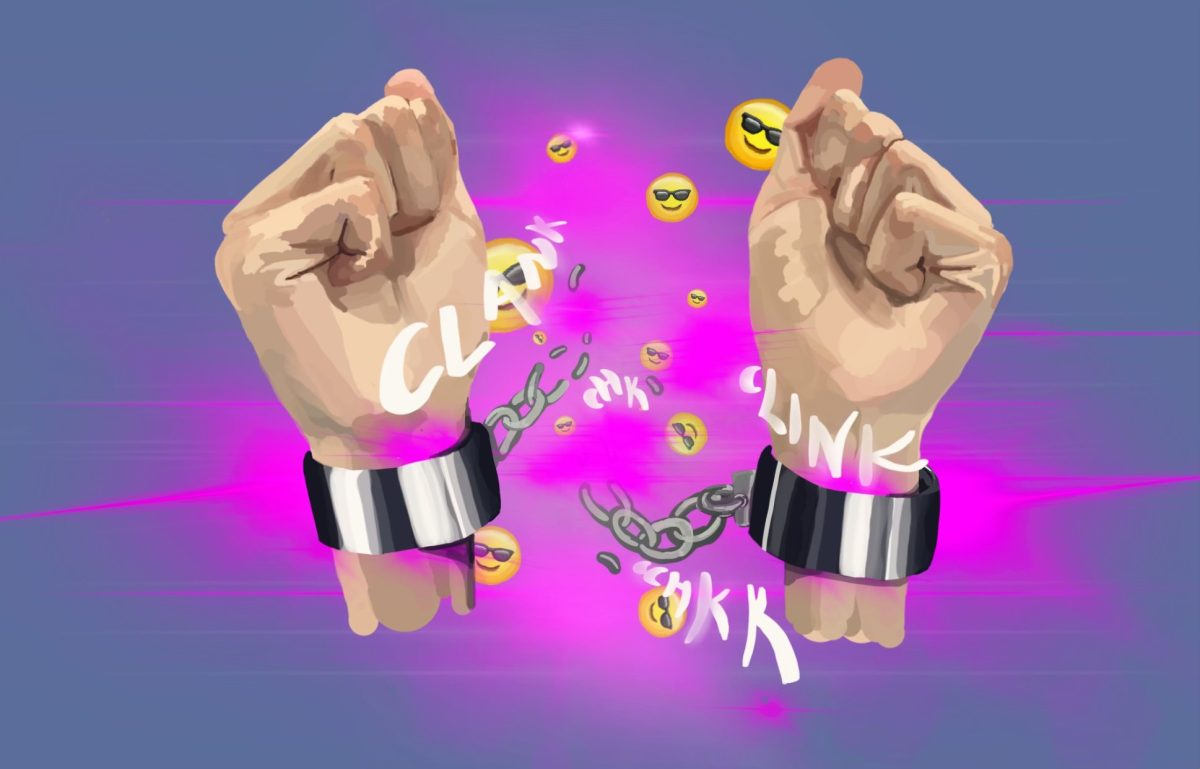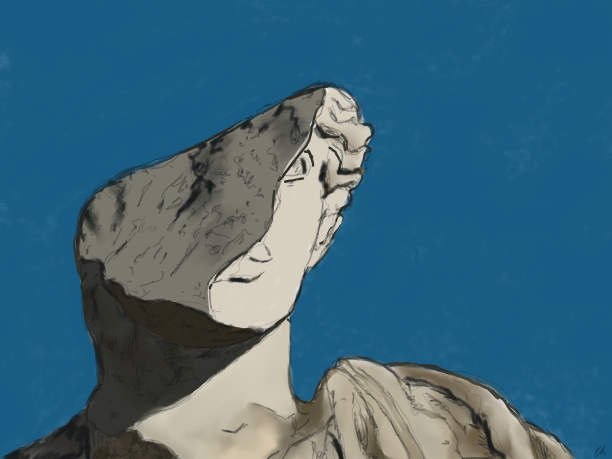There were 10 seconds left on the game clock as Case Keenum, quarterback for the Minnesota Vikings, lined up on the field and made sure his players were ready. The scoreboard stared down at the stadium: 24–23, New Orleans Saints. Time was running out and the possibility of salvaging a win looked increasingly slim.
Keenum took the snap and threw up a prayer to receiver Stefon Diggs. Diggs went up between two defenders and made an incredible catch 27 yards down the field, just enough for a risky field goal that could win the game. But as he came down, Diggs felt Saints safety Marcus Williams fly past him on a poorly timed tackle attempt and, when he looked up, saw only open turf. He regained his balance and sprinted 34 more yards into the end zone to score six points and give the Vikings a 29–24 walk-off win.
Diggs threw off his helmet and reached his arms to the sky. It was an impossible play and a heart-stopping finish. For Vikings fans, it must have felt as if the world had frozen in place and it was just them, at the stadium or in the living room, witnessing one of the most indelible moments in NFL history.
I'm a sucker for anything but homework on just about any night of the week and, true to form, I stayed up for hours that Sunday night watching YouTube compilations of fan reactions to that final play. Maybe it was the exhaustion I felt setting in around 2 a.m., but I found myself tearing up at those grainy clips that I saw again and again. There's something profoundly beautiful about watching a bearded middle-aged man flop to the floor and scream at the TV or seeing the face of a young girl light up in awe under the flickering glow of the live broadcast. You know that this moment will live with all of them for a long, long time. This moment has changed them.
As the annual pomp of the Super Bowl approaches, the nation is gearing up to celebrate another time-honored, ad-frilled American spectacle. Even here at UChicago, a school known far more for the life of the mind than its football fandom, many are also preparing for their own Super Bowl get-togethers.
And as the spotlights warm up, questions about the future of the sport loom ever larger. The NFL is experiencing a historic decline in ratings. Player health is coming under closer scrutiny. People have questioned out loud the very ethics of watching and playing the game. At a school as devoted to rigorous inquiry and debate as UChicago, it is important, for those that care, to engage with those questions and reflect on what it means to watch football.
Football is a sport at a crossroads, unable to deal with the self-destructive violence at the heart of its appeal. The health risks, especially to the brain, are undeniable. Just this year, Steelers linebacker Ryan Shazier launched himself headfirst into the chest of an opposing player and suffered a severe spinal injury. He was taken off the field in a backboard and had to undergo spinal stabilization surgery. He may never walk again.
And of course, there are the countless studies done on the brains of NFL players that have passed away, showing without a doubt the effect that repeated blows to the head—blows that happen in almost every play during an NFL game—have on the brain. In a study of 111 retired NFL players' brains, 110 had Chronic Traumatic Encephalopathy (CTE). Aaron Hernandez, a former New England Patriots tight end convicted of homicide, took his own life last April. In a posthumous study of his brain, researchers found that at just 27 years old, Hernandez had severe CTE, the worst case of CTE ever discovered in a person of his age. For reference, the average age of an active NFL player in 2015 was just over 26.
It's a complicated thing, grappling with my love for the sport and the knowledge that with every play, every big hit, a player I admire is slowly mashing his brain into a pulp. That, to me, is the central tragedy of football as it is played now: For so many, the debt of glory and fame earned on the field inevitably comes due years later, in a middle-aged man years past his prime, stuck in a body that he feels he can no longer control, wracked by periods of unprovoked anger and deep depression, and finally, moved to take his own life.
There have been various technical advances that promise a better, safer, future for the game. From the VICIS helmet, which aims to reduce impact forces with an innovative take on helmet cushioning, to a push across football for heads-up, rugby-style tackling—a movement spearheaded by a video from my own hometown Seattle Seahawks—coaches, players, and entrepreneurs across the country are trying to find ways to make the game less dangerous while keeping its essence alive.
But if, in the years to come, football does prove too dangerous to merit its continued existence, and if the NFL does fail to uphold its professed dedication to player safety, the game will still live on in my memories and those of countless others. My Seahawks fandom gave me some of the brightest and most powerful moments of my middle and high school life (although, truth be told, that may not be a particularly high bar). The Richard Sherman pass breakup to win the NFC Championship game and take the Seahawks to the Super Bowl. The Jermaine Kearse touchdown catch to win another NFC championship game in overtime. A Super Bowl win. Even a heart-wrenching Super Bowl loss.
It's those moments, just like that Vikings walk-off touchdown on Sunday, that remind me of the beauty and sublime joy this game can evoke, despite all its tragedy and darkness. In a sport that some say is dying, in a sport that I believe must fundamentally change if it is to survive, there is something worth saving. And if it cannot be saved, then there is, at least, something worth remembering.
Lucas Du is a first-year in the College.







